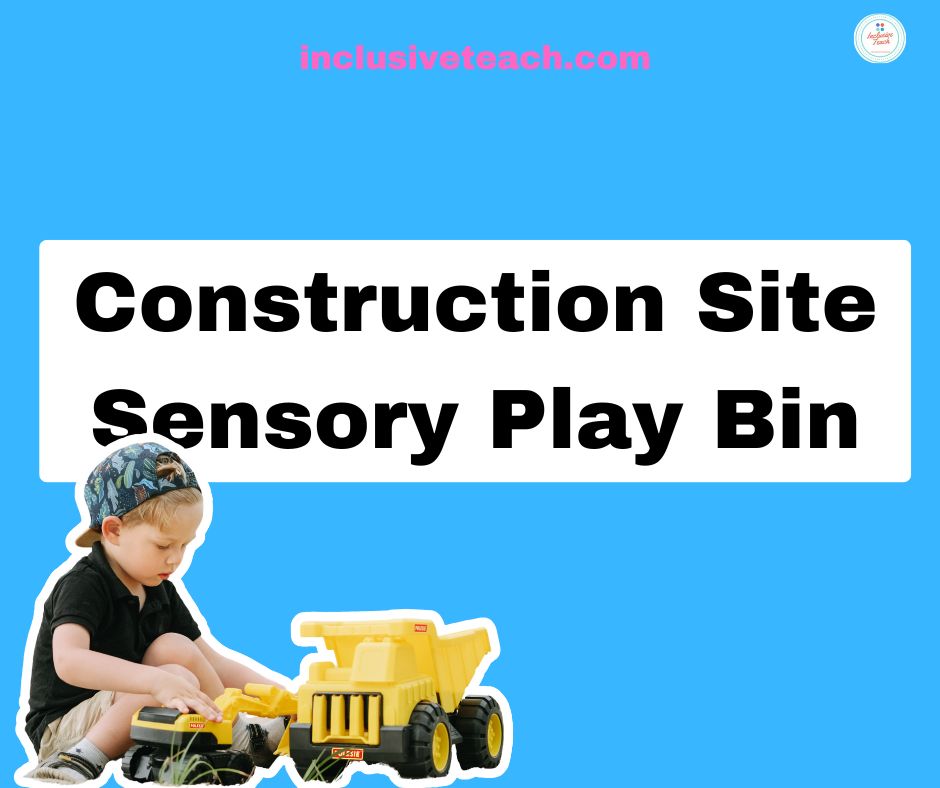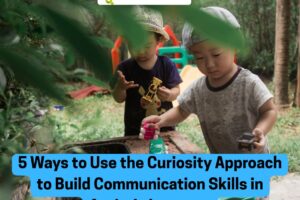
Construction Site Sensory Play Bin
Digging In Deep: Unearthing the Wonders of Construction Site Sensory Play Bins
The rumbling of diggers, the clatter of bricks, the satisfying squish of mud, for many children, the sights, sounds, and textures of a construction site are utterly captivating. This natural fascination provides a perfect springboard for construction site sensory play, a rich and immersive experience that offers incredible benefits for development, learning, and well-being. Far from just making a mess, these activities are powerful tools for engaging multiple senses and developing vital skills in children of all neurotypes.
What is Construction Site Sensory Play?
At its heart, construction site sensory play involves creating a miniature, hands-on environment that mimics a real-world building site. It’s an invitation to explore, manipulate, and create using a variety of materials that stimulate the senses of touch, sight, and hearing. Think beyond just toy trucks; imagine a world of loose parts, varying textures, and dynamic movements.
These activities are a perfect extension to our construction site sound story.
This form of play encourages children to take the lead, experimenting with materials like sand, gravel, water, playdough, or even dried pasta and beans to represent construction elements. They might use small shovels, diggers, dump trucks, or their own hands to transport, pour, and build. It’s about imaginative scenarios, problem-solving on the fly, and the sheer joy of physical interaction with diverse textures.
The Incredible Benefits for Every Child
Construction site sensory play isn’t just entertaining; it’s a powerhouse of developmental advantages. It provides a unique blend of physical, cognitive, and emotional opportunities that support holistic growth.
- Boosts Brain Development: Engaging multiple senses simultaneously creates strong neural pathways in the brain. Children are actively processing information from their environment, which is crucial for cognitive development and future learning.
- Enhances Fine and Gross Motor Skills: From the delicate grasp needed to pick up a small pebble to the sweeping motion of a toy digger, children refine their hand-eye coordination, dexterity, and muscle strength. Scooping, pouring, lifting, and pushing all contribute to both fine motor control and larger gross motor movements.
- Sparks Imagination and Creativity: With open-ended materials and no fixed rules, children are free to construct anything their minds can conjure. They become architects, engineers, and even the workers themselves, inventing stories and scenarios that stretch their creative thinking.
- Develops Problem-Solving Skills: What happens when the sand is too dry to build a stable wall? How can the truck carry more “gravel” at once? Children encounter mini-challenges that require them to experiment, adapt, and think critically to find solutions. This trial-and-error process builds resilience.
- Supports Language and Communication: As children engage in construction play, they often narrate their actions, describe textures, and interact with peers (if playing collaboratively). This provides a rich context for expanding vocabulary (“scoop,” “dig,” “crane,” “mud,” “heavy”) and practising communication skills. Learn more about the role of play in communication by visiting [inclusiveteach.com/language-through-play].
- Aids Emotional Regulation: For many, the repetitive actions and tactile experiences of sensory play can be incredibly calming and grounding. It offers a safe space to process emotions, release energy, and find a sense of control and focus amidst varied sensory input.
- Promotes STEM Learning: Without even realising it, children are exploring fundamental concepts in Science, Technology, Engineering, and Maths. They learn about gravity, balance, stability, volume, and cause-and-effect as they build and experiment.

Crafting Your Own Construction Zone: Ideas for Inclusive Play
Creating a stimulating construction site sensory play area doesn’t require a huge budget. The beauty lies in using accessible, everyday materials.
Here are some ideas to get started:
- The “Dirt” Base:
- Sand (traditional, kinetic, or play sand)
- Dried chickpeas, lentils, or rice (can be dyed brown or grey with food colouring)
- Coffee grounds (for a gritty texture and earthy smell)
- Cocoa powder and flour mixed with a little water (to create “mud” – edible if little ones are still exploring with their mouths!)
- Small pebbles, gravel, or wood chippings (ensure they are child-safe and free from sharp edges).
- Construction Materials & Tools:
- Small plastic toy diggers, dump trucks, excavators, and bulldozers.
- Plastic cups, scoops, funnels, and small buckets for pouring and transporting.
- Wooden blocks, LEGO bricks, or recycled cardboard tubes (toilet roll or kitchen roll inserts) to act as building materials.
- Small branches, twigs, or natural elements to represent logs or obstacles.
- Plastic pipes or guttering sections for creating chutes and tunnels.
- Hard hats and hi-vis vests (child-sized, for role-play).
- Creating the Space:
- A large plastic tub, a Tuff Tray, or even an old baking tray works perfectly as a contained play space.
- Consider setting it up outdoors to embrace the natural elements and for easier clean-up.
- For indoor play, place a large mat underneath to catch any spills.
Remember to consider the children’s ages and ensure all materials are safe and non-toxic, especially for very young children who might still put things in their mouths.

An Investment in Learning and Joy
Construction site sensory play is more than just a passing trend; it’s a powerful pedagogical approach that taps into children’s natural curiosity and desire to interact with their world. By providing these rich, multi-sensory experiences, we are not only supporting crucial developmental milestones but also nurturing a lifelong love of learning and exploration. It’s an invitation to dig in, get messy, and build something wonderful, one scoop and pour at a time.
For further insights into the power of sensory experiences in early years, you might find our article on sensory learning insightful. We believe every child deserves the opportunity to learn and grow through engaging play.

Related
Discover more from Special Education and Inclusive Learning
Subscribe to get the latest posts sent to your email.
Source link




